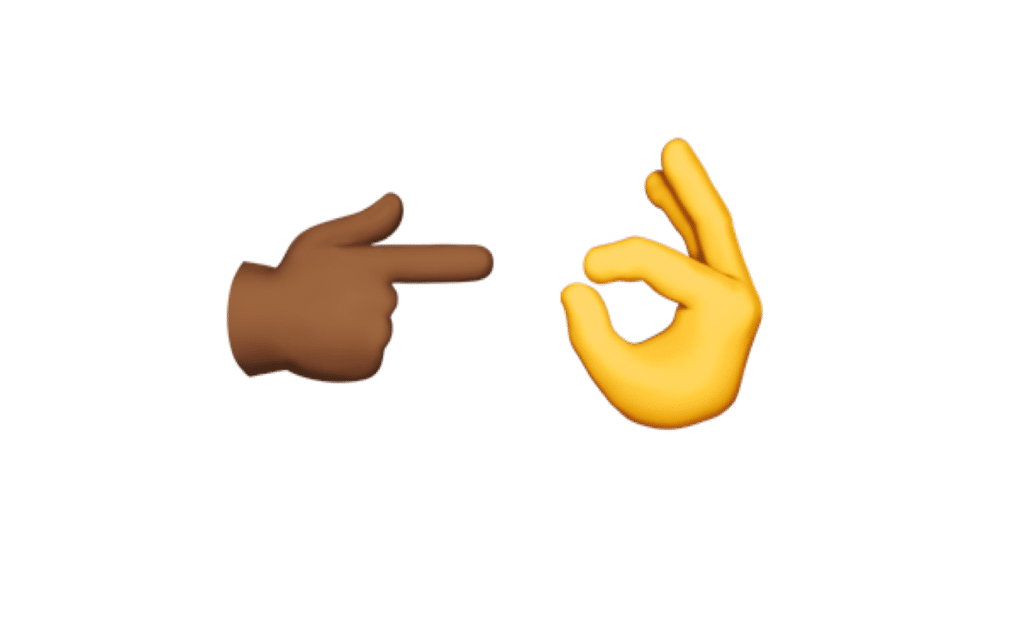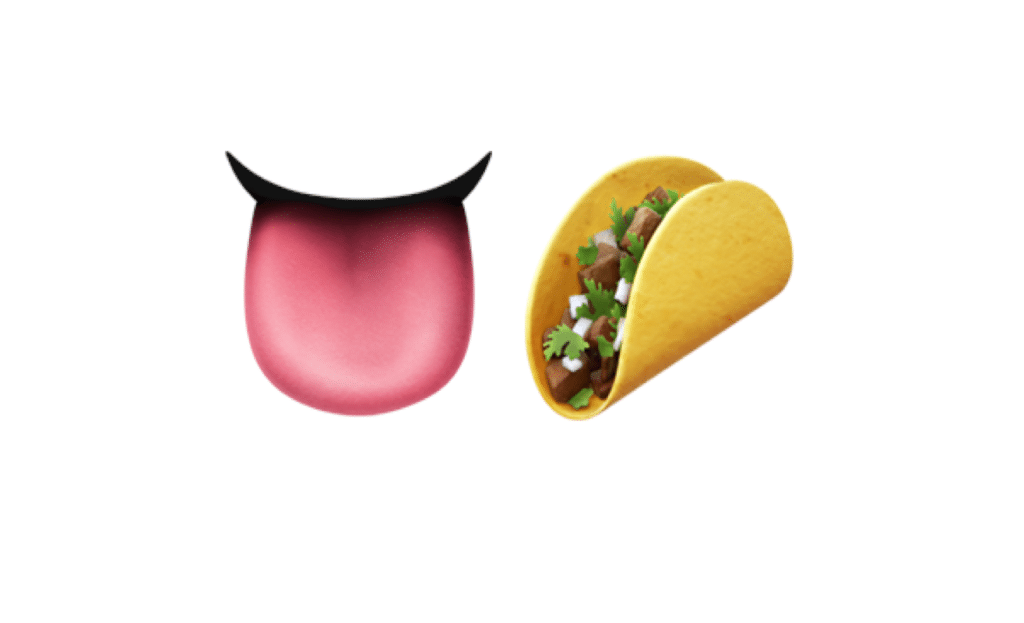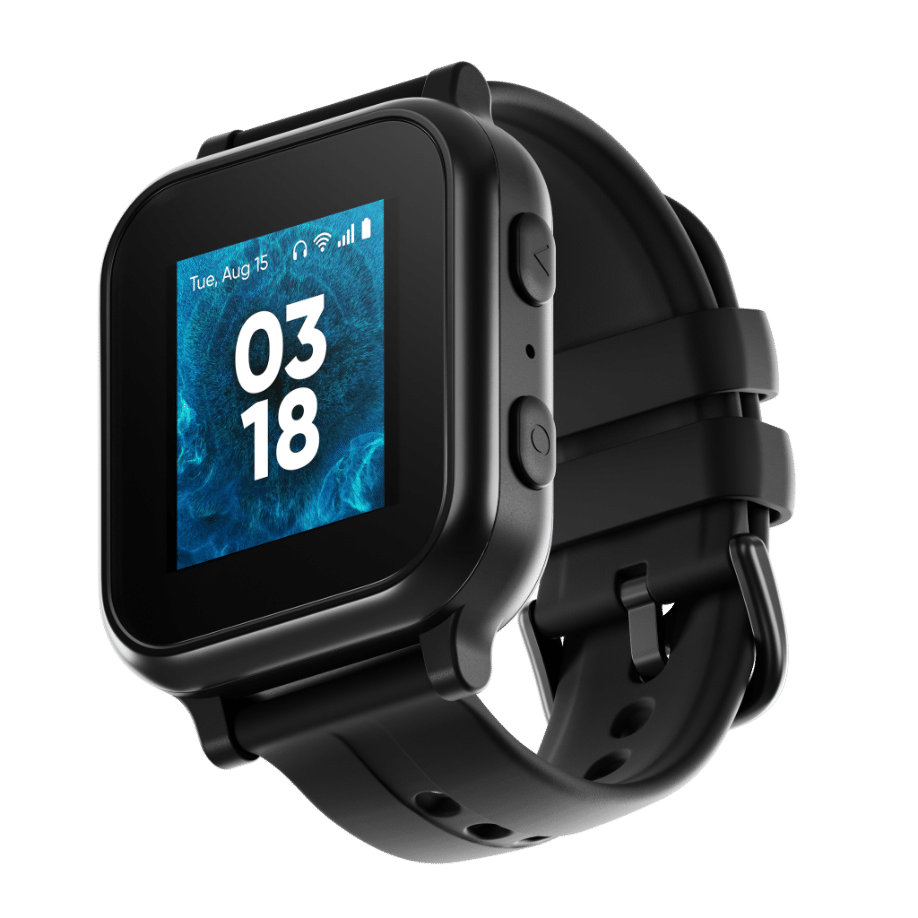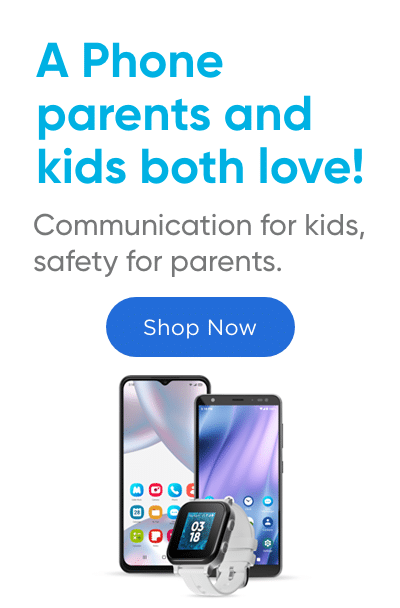A Parent’s Guide to Inappropriate Emojis
Learn to recognize sexually explicit and drug-related icons
APR 06, 2022
A Parent’s Guide to Inappropriate Emojis
Learn to recognize sexually explicit and drug-related icons
Why Parents Should Be Aware of Emojis
Emojis are the fastest-growing language globally (McMahon & Kirley, 2019, p. 32), but parents are not native speakers. We’ve gotten pretty good at using a few laughing faces and a couple of hearts, but kids use emojis as complete sentences.
Adolescents are likely familiar with this versatile lexicon, so parents also need to be. Recognizing some negative ways emojis are used can help us spot warning signs and navigate our kids away from potentially dangerous situations. Open communication is key.
What Parents Should Know About Emojis
Do emojis mean different things to different people?
One research study found older and younger groups derived distinct emotional meanings from six out of twelve facial emojis. The basic smiley face emoji (🙂) signified joy for older folks. For young people, it meant contentment. With opinions varying on the meaning of simple icons, we should expect different interpretations for other, more ambiguous emojis (Weiß et al., 2020, p. 418).
Emojis are the fastest-growing language globally.
—McMahon & Kirley
This or that?
When viewing an emoji, always consider the context. Is a victory sign sent because our kid’s team won a soccer game, or is it intended to be a vagina? A bowl of noodles could be a request for a naked photo, or it could be our child asking to eat ramen for dinner. Sometimes broccoli is just a vegetable, and sometimes it’s marijuana. Drug emojis is an emerging language, which is used to purchase drugs on social media.
If you combine emojis, however, their meaning often becomes more clear. Consider these examples:

The above message indicates a request for penetrative sex, whereas the combination below references oral sex.

The Emoji Guide for Parents
This list is not meant to be comprehensive but is more a starting point. Prepare kids for more tech by checking in with them often and having frequent, open conversations. Making mistakes is part of growing up. We can help our kids find a way out of trouble by being aware, keeping current, and maintaining open discussions. These are the best ways to protect children and help them learn how to protect themselves.
Emojis can also be a great way for kids to express themselves and be creative in their communication with friends and family. They can help kids to communicate more effectively and to express their emotions in a way that is both fun and creative.
Here are some additional tips for using emojis with kids:
- Start with the basics. There are thousands of emojis available, so it can be overwhelming to know where to start. Start with the most common emojis, such as the smiley face, the frowny face, and the heart emoji.
- Use emojis in moderation. Too many emojis can be overwhelming and confusing. Use emojis sparingly to add emphasis or humor to your messages.
- Be aware of the cultural context of emojis. Some emojis have different meanings in different cultures. For example, the thumbs up emoji is often seen as a positive gesture in the United States, but it can be seen as an offensive gesture in some other cultures.
- Talk to your kids about the meaning of emojis. Help your kids to understand the meaning of different emojis so that they can use them effectively.
With a little guidance, kids can use emojis to express themselves and be creative in their communication. So next time you’re texting with your kids, don’t be afraid to use a few emojis!













Success!
Your comment has been submitted for review! We will notify you when it has been approved and posted!
Thank you!